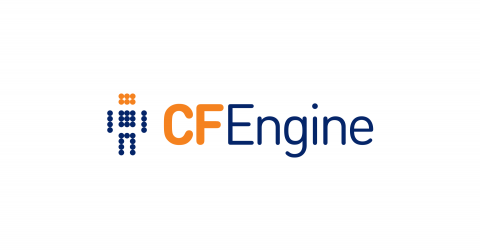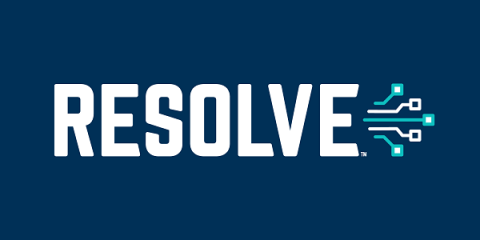Sponsored Post
Navigating Industry-Specific Challenges in IT Infrastructure Monitoring and Automation
In navigating the intricate landscape of IT infrastructure, NiCE IT Management Solutions' whitepaper delves deep, unraveling the historical tapestry shaping the contemporary technological terrain. It dissects industry-specific challenges, offers tailored insights into crafting monitoring and automation solutions, and spotlights key players' pivotal roles. Real-world applications showcase how these technologies drive operational excellence, emphasizing the necessity of skillful guidance through monitoring and automation in today's business environments.










